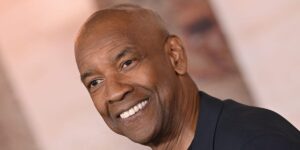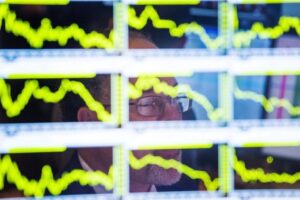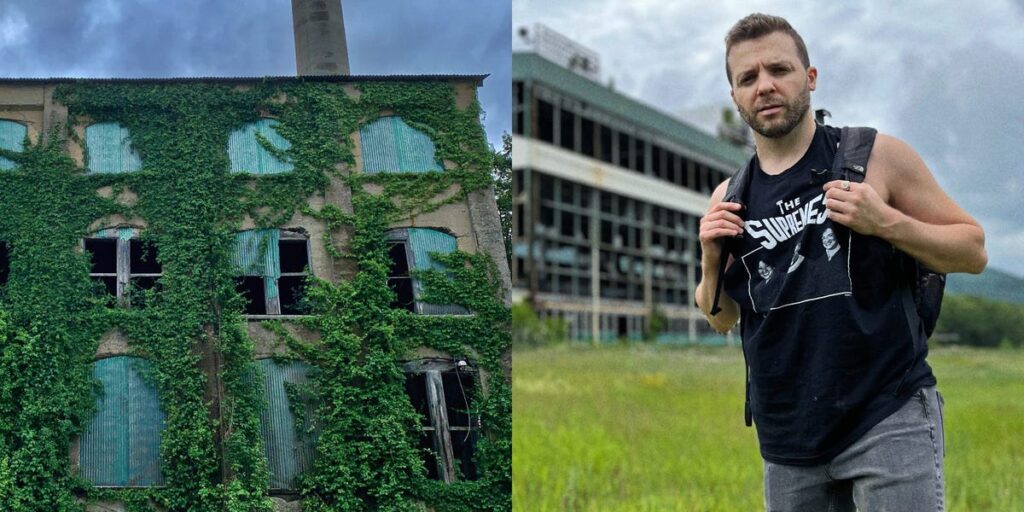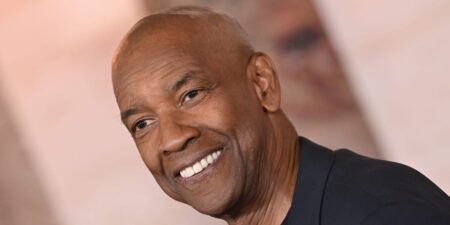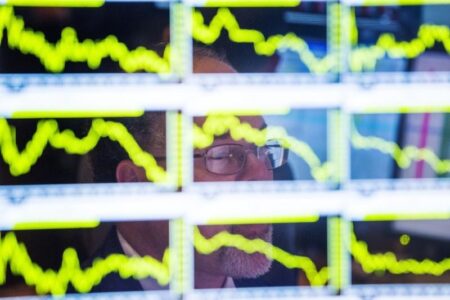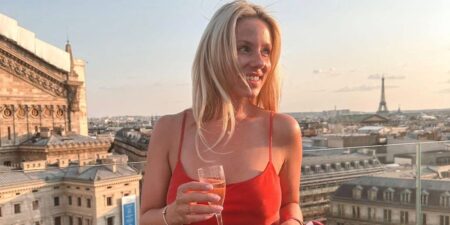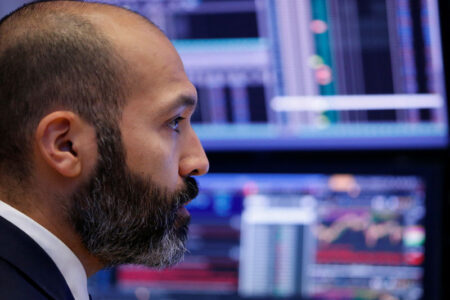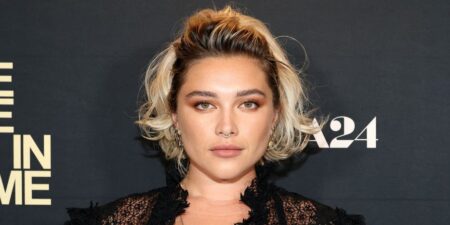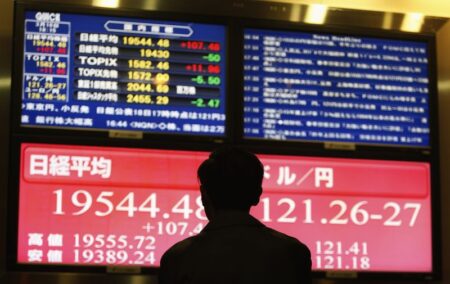As a kid who dreamed of being a professional artist, I spent hours at an abandoned dairy farm near my childhood home.
The place looked like it had been raptured, and I experienced a curious feeling, often referred to as “anemoia” — nostalgia for a time that isn’t one’s own. This feeling brought me serenity, though in recent years, I’ve accepted that strange sensation was likely an overactive imagination. The private sanctuary of the abandoned dairy farm shielded me from a sometimes grim reality and taught me that my imagination can be more than a place of wonderment; it can also be a place of healing.
After the dairy farm burned down, it slowly faded from my memory. However, I continued to explore abandoned places well into puberty — during the beginning phases of a long battle with mental illness. In each ruin, I felt that same sense of serenity from the dairy farm. The practice of exploring abandoned spaces calmed the symptoms of what eventually became a cyclothymia diagnosis — a rare mood disorder — much later in life. As I got older and moved away, my childhood fascination with abandoned spaces almost vanished completely.
In May 2020, I woke up from a dream about the dairy farm, and that same feeling of serenity resurfaced, the first time I’d felt grounded in months. At that point, the COVID-19 pandemic had already torn into the US, and my germaphobe-centric anxiety took over.
Though I knew I wasn’t alone in the collective feeling of isolation, my mental health began to decline rapidly. I lay in bed, thinking about the abandoned dairy farm, and I wondered if there were any abandoned buildings near where I live in the Hudson Valley, New York. I quickly Googled “abandoned spaces near me.” As it turns out, they’re everywhere— and I realized that I’d stumbled on a hobby I’d never heard of: urban exploration.
Urban exploration helped me heal as an adult
“Urbex” is a blanket term that refers to an underground, global community devoted to adventures in search of the architectural unknown — and not just in urban areas, but in suburban and rural areas too.
“Urbexers” are respectful admirers of the past who understand the historical, cultural, and political significance of largely unexplored spaces. Exploring ruins can be a dangerous hobby and often comes with its own range of liabilities. The elements and time have compromised some structures, while others were likely never that safe to begin with.
Discovering “urbex” somehow felt vindicating: Apparently, I’d been an urbexer for decades. As I started to venture out across the world to nearly 60 different abandoned spaces, I felt my imagination reignite the way it did when I was a kid at the dairy farm. I began to write about my experiences at every abandoned space.
In each room, floor, and building, I reflected not only on architectural narratives and contextual histories but also on what was going on inside my head as I explored: ruminations on current events, politics, as well as my personal story of mental illness and sobriety.
The more I explored, the more I understood that I’d reconnected with my childhood imagination, the healing realm of the abandoned dairy farm from all those years ago.
Exploring abandoned places became my career — and so much more
Those stories evolved into All-American Ruins, a multimedia project recently receiving unexpected attention. Slowly but surely, my childhood dream of becoming a professional artist has become a reality; I’ve created an entire career as an urban explorer. Through the original blog, the docuseries, and my award-winning podcast “abandoned,” I get to ask critical questions about the US while reintroducing folks to their imaginations as a place of healing. I’ve been able to produce live events, serve as a guest speaker at conferences, and assist other organizations to produce their own podcasts — and support myself while doing it.
More personally gratifying, however, is the fact that I’ve helped other people who have struggled with their own mental health.
If my work as an artist has helped empower even one person to find a path to recovery, then all of the time and sweat I put into releasing something into the world and hoping it resonates with people will have been worth it.
Read the full article here



